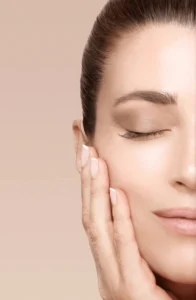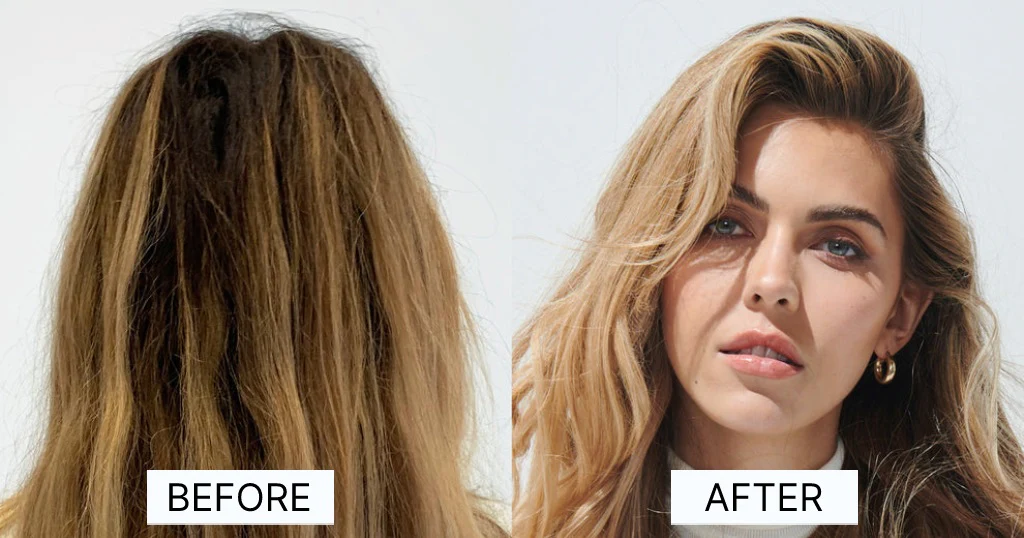Hair damage is a common concern that affects individuals across all hair types and textures. From split ends and dryness to breakage and dullness, damaged hair not only looks unhealthy but can also be difficult to manage. Understanding the causes of damage and implementing effective repair strategies can bring life back to your locks. This comprehensive guide explores professional, stylish, and scientifically-backed solutions for damaged hair repair.
Causes of Hair Damage
1. Heat Styling Tools
Frequent use of flat irons, curling wands, and blow dryers can strip hair of its natural moisture, leading to dryness and breakage.
2. Chemical Treatments
Hair coloring, bleaching, and perming involve harsh chemicals that weaken the hair’s structure, making it prone to damage.
3. Environmental Factors
Prolonged exposure to sunlight, pollution, and harsh weather conditions can degrade the hair’s protective layer, resulting in dryness and brittleness.
4. Improper Hair Care Practices
Using harsh shampoos, skipping conditioner, or aggressive brushing can exacerbate hair damage over time.
5. Dietary Deficiencies
A lack of essential nutrients like biotin, omega-3 fatty acids, and vitamins A, C, and E can compromise hair health.
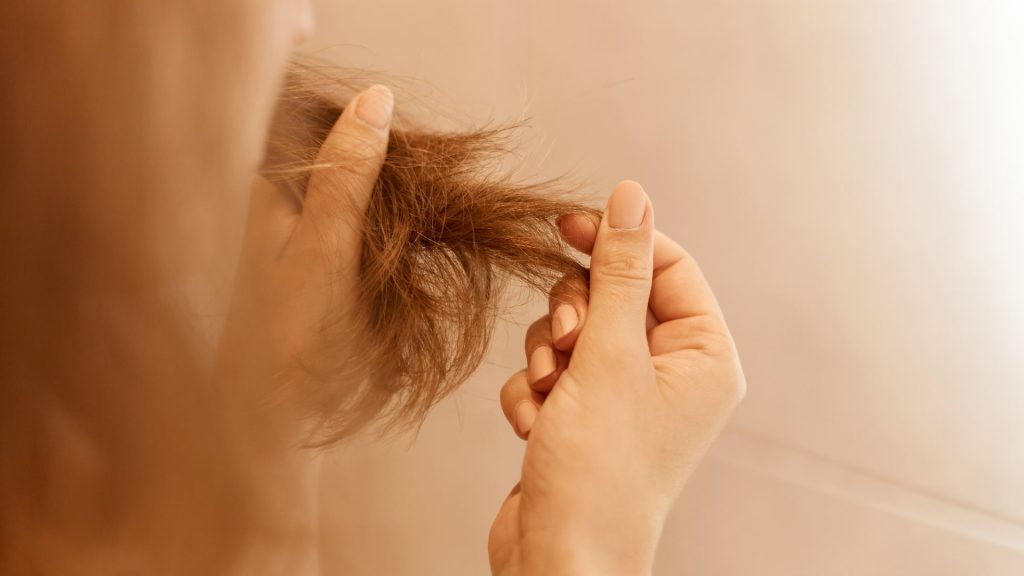
Signs of Hair Damage
- Split Ends: The hair shaft splits into two or more parts, often due to dryness and friction.
- Dryness: Hair feels rough, brittle, and lacks shine.
- Breakage: Short strands and uneven hair length are indicators of weakened hair.
- Tangles: Damaged hair is prone to knotting and tangling.
- Dullness: Healthy hair reflects light, while damaged hair appears lifeless.
Professional Solutions for Damaged Hair Repair
1. Hydrating Shampoos and Conditioners
Choose sulfate-free products enriched with nourishing ingredients like:
- Keratin: Repairs the hair shaft and restores strength.
- Argan Oil: Provides intense hydration and enhances elasticity.
- Shea Butter: Moisturizes and protects against further damage.
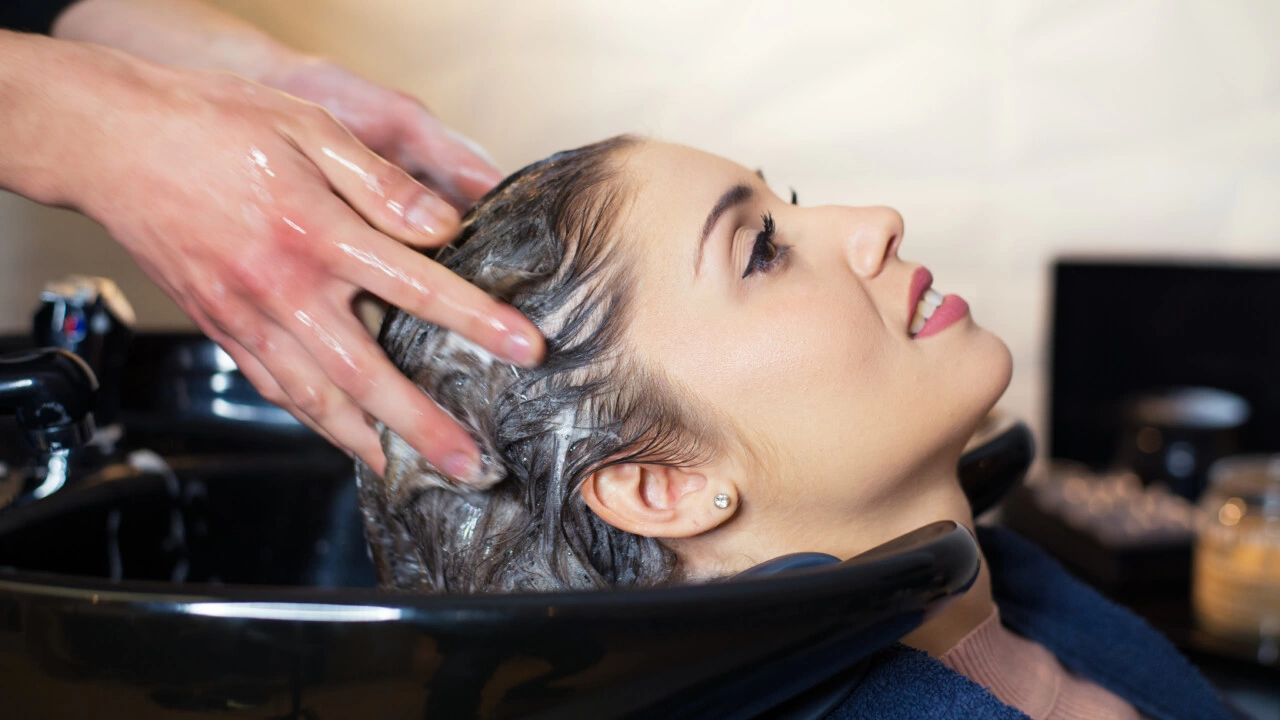
2. Deep Conditioning Treatments
Invest in weekly deep conditioning masks to restore moisture and repair damage. Ingredients to look for include:
- Protein Complexes: Strengthen the hair structure.
- Avocado Oil: Provides essential fatty acids.
- Honey: Acts as a natural humectant to lock in moisture.
3. Heat Protection
Always apply a heat protectant spray before using styling tools. These products create a barrier that minimizes heat-induced damage.
4. Professional Hair Treatments
- Keratin Treatment: Smooths and strengthens hair by replenishing lost keratin.
- Olaplex: Repairs broken bonds in the hair shaft, making it a go-to for chemically treated hair.
- Scalp Treatments: Nourish the scalp to improve overall hair health and encourage growth.
5. Regular Trims
Eliminate split ends every 6-8 weeks to prevent further damage from traveling up the hair shaft.
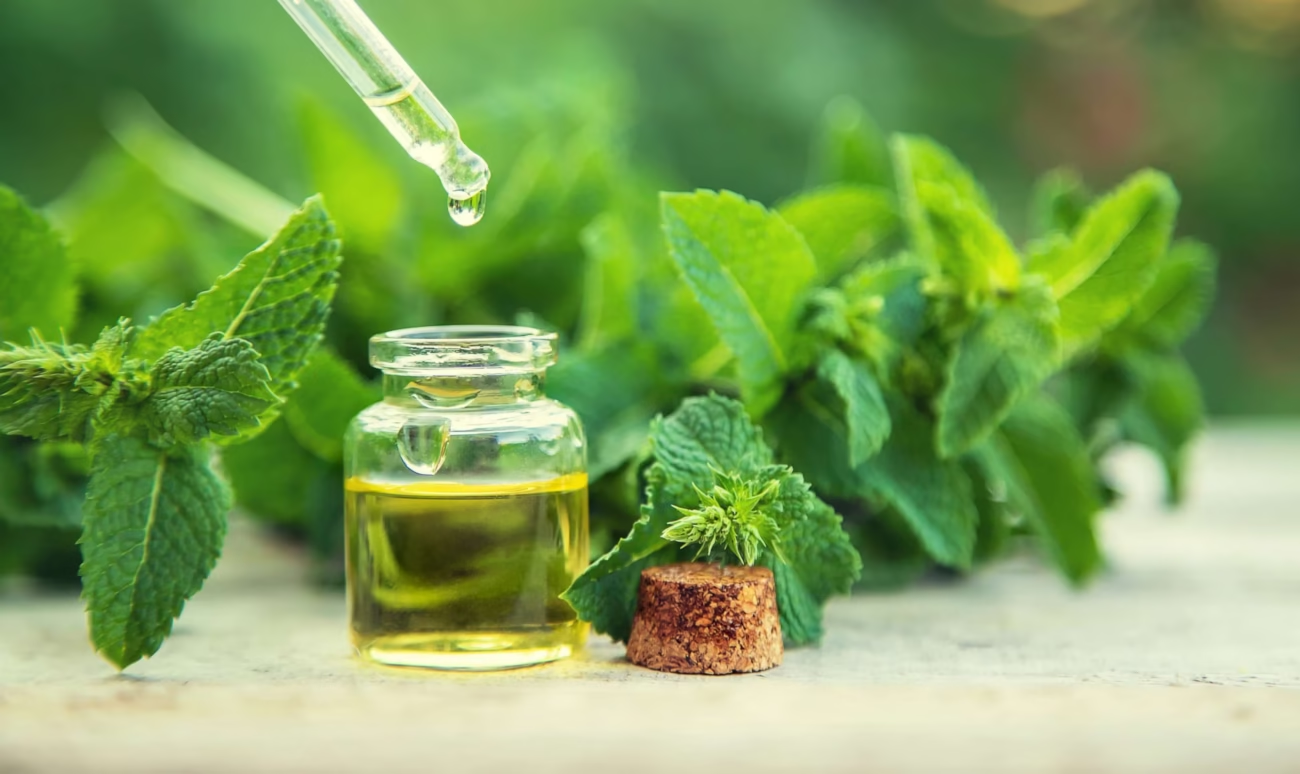
DIY Remedies for Damaged Hair
1. Coconut Oil Treatment
Warm coconut oil and apply it to your hair, focusing on the mid-lengths and ends. Leave it on for at least an hour or overnight for deep hydration.
2. Egg Mask
Mix one egg with a tablespoon of olive oil and honey. Apply the mixture to damp hair and leave it on for 20-30 minutes before rinsing.
3. Avocado Mask
Mash one ripe avocado with two tablespoons of yogurt and a tablespoon of honey. Apply this mask to your hair for nourishment and repair.
4. Aloe Vera Gel
Apply fresh aloe vera gel to your scalp and hair. Its soothing and moisturizing properties help repair damage and promote a healthy scalp.
Lifestyle Changes for Healthy Hair
1. Balanced Diet
Incorporate hair-friendly foods such as:
- Salmon: Rich in omega-3 fatty acids.
- Spinach: High in iron and vitamins A and C.
- Nuts and Seeds: Provide essential fatty acids and biotin.
2. Stay Hydrated
Drink plenty of water to keep your hair hydrated from within.
3. Minimize Heat Exposure
Air-dry your hair whenever possible and use heat styling tools sparingly.
4. Protect from Environmental Damage
Wear a hat or scarf to shield your hair from UV rays and pollution.
5. Gentle Hair Care Routine
- Use a wide-tooth comb to detangle wet hair.
- Avoid tight hairstyles that cause tension and breakage.
- Sleep on a silk or satin pillowcase to reduce friction.
Preventive Measures for Long-Term Hair Health
- Avoid Overwashing Shampooing too often can strip natural oils, leading to dryness.
- Use the Right Products Choose hair care products tailored to your hair type and specific concerns.
- Limit Chemical Treatments Space out coloring, bleaching, and other chemical processes to allow your hair time to recover.
- Gentle Drying Techniques Pat your hair dry with a microfiber towel or cotton T-shirt to reduce frizz and breakage.
- Regular Scalp Care Keep your scalp clean and nourished to support healthy hair growth.
Debunking Common Myths About Damaged Hair
- Myth: Trimming Makes Hair Grow Faster While trimming doesn’t affect growth, it prevents split ends from worsening and maintains healthy-looking hair.
- Myth: Natural Oils Can Replace Conditioner Oils are excellent for sealing moisture but should be used alongside hydrating conditioners for optimal results.
- Myth: Hair Damage is Irreversible While severely damaged hair may need trimming, many repair strategies can restore health and improve texture over time.
When to See a Specialist
If your hair remains damaged despite following a proper care routine, consult a dermatologist or trichologist. Persistent issues may indicate underlying scalp conditions or nutritional deficiencies that require professional intervention.
Conclusion
Repairing damaged hair is a journey that requires patience, consistency, and the right strategies. By understanding the causes and implementing specialist-approved solutions, you can restore your hair’s health, strength, and shine. From hydrating treatments and professional therapies to simple lifestyle changes, achieving gorgeous, damage-free hair is within reach. With proper care and attention, your hair can become a reflection of your style, confidence, and overall well-being.
